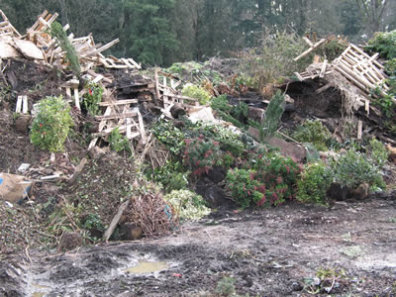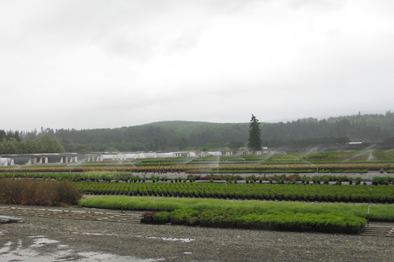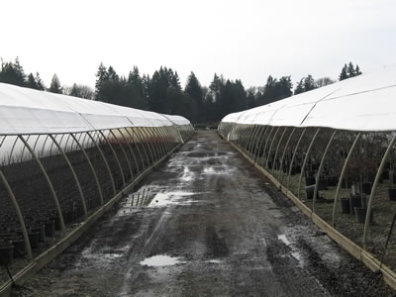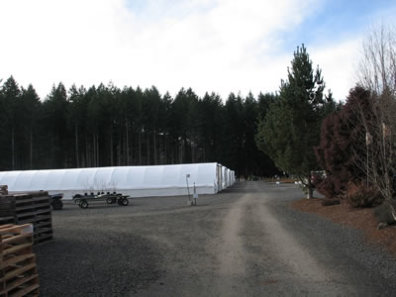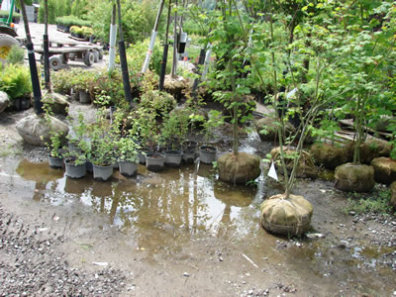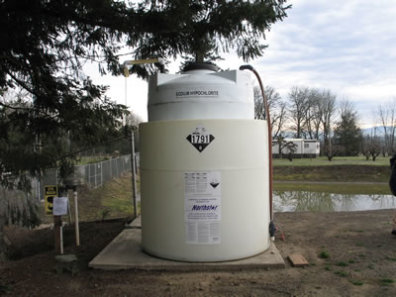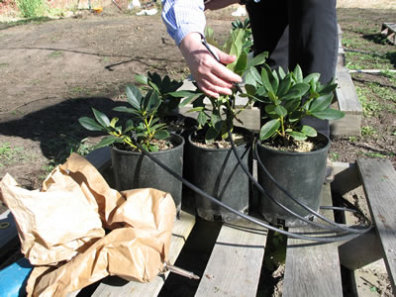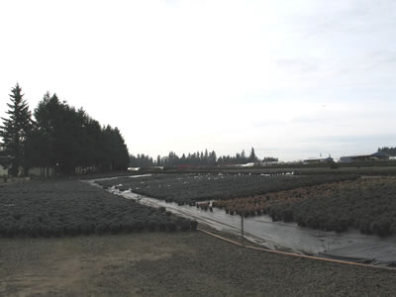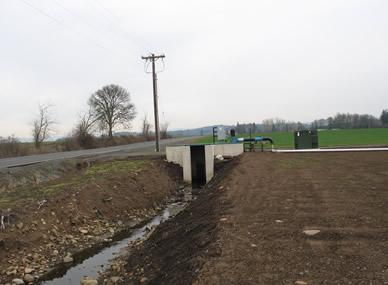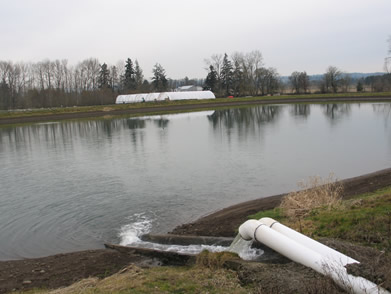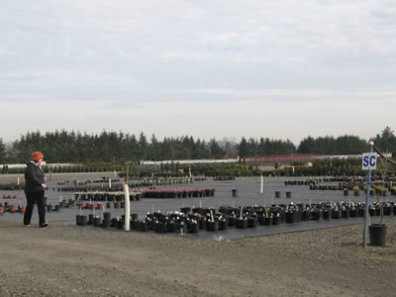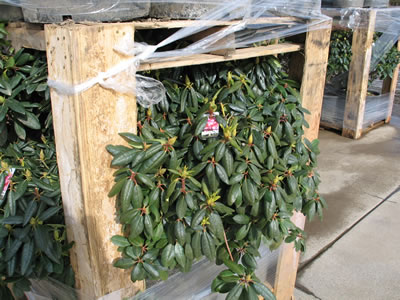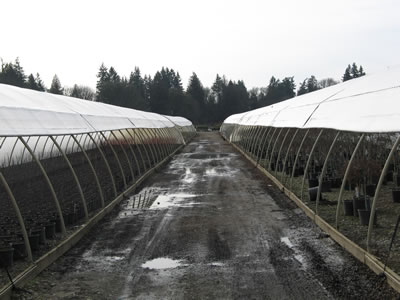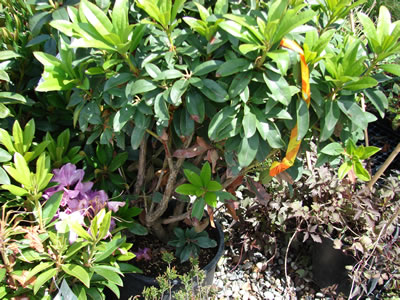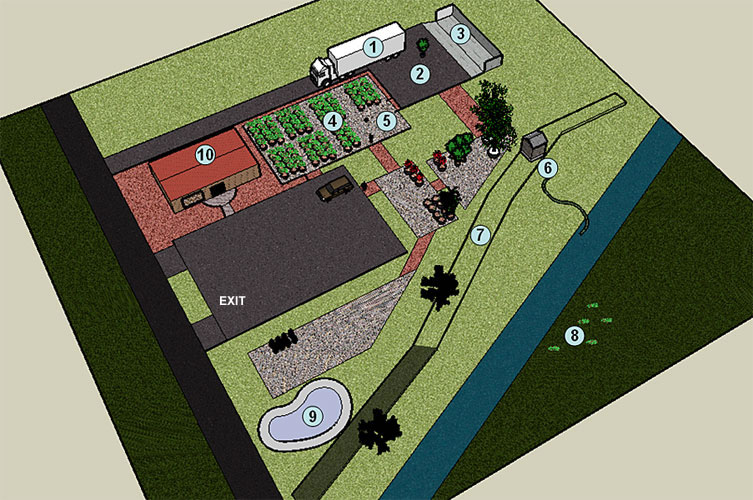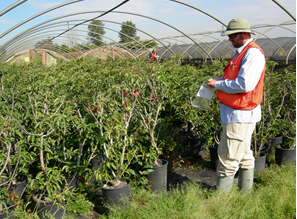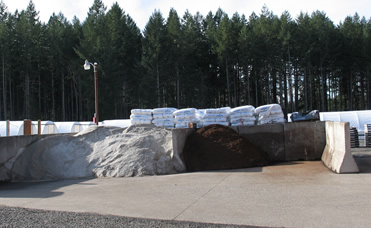
Many Phytophthora diseases, including P. ramorum, can survive and be transmitted in soil, potting media, and leaf litter. Good sanitation is important in reducing the amount of disease in the soil. Once the soil becomes infested with Phytophthora, it is very difficult to eradicate.
Photos – Management of soil and potting media, as well as sanitation techniques.
Sanitation for Nurseries -Presentation from the Best Management Practices workshops in 2014
USDA-APHIS approved methods for treatment and disinfection in nurseries (Appendix 8, Confirmed Nursery Protocol 2007)
Biosecurity measures for nurseries (Appendix 9, Confirmed Nursery Protocol 2007)
Articles
Dart, N.L., Chastagner, G.A., Rugarber, E.F., and K. L. Riley. 2007. Recovery Frequency of Phytophthora ramorum and Other Phytophthora spp. in the Soil Profile of Ornamental Retail Nurseries. Plant Disease 91: 1419-1422
Shishkoff, N. 2007. Persistence of Phytophthora ramorum in soil mix and roots of nursery ornamentals. Plant Disease 91: 1245-1249.
Tjosvold, S. A., D. L. Chambers, E. J. Fichtner, S. T. Koike, S. R. Mori. 2009. Disease Risk of Potting Media Infested with Phytophthora ramorum Under Nursery Conditions. Plant Disease 93:4, 371-376
Steam boilers and soil steam sterilization systems. MSD AG (Möschle-Seifert-Dämpftechnik).
Steam Treating for Weed Control. Whitney Ridout, American Nurseryman 2012
Using heat to eradicate soil-borne plant pathogens from nursery potting media (“soil sterilization”). Elizabeth Bernhardt and Ted Swiecki, Phytosphere Research
Soil environmental factors and their relation to avocado root rot by John A. Menge and Lawrence J. Marais, Citrus Research Board
Back to Managing Phytophthora diseases in the nursery
